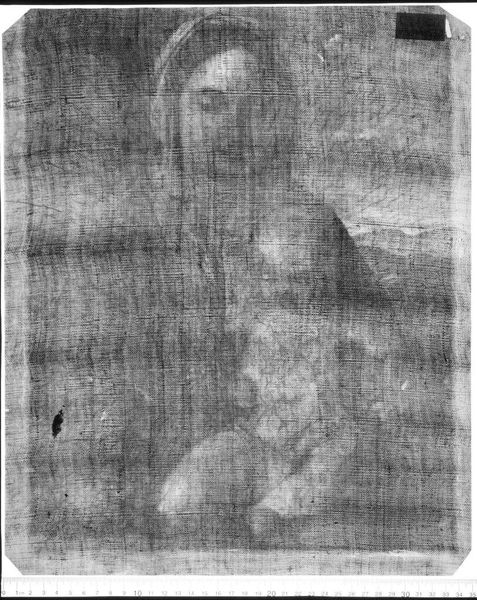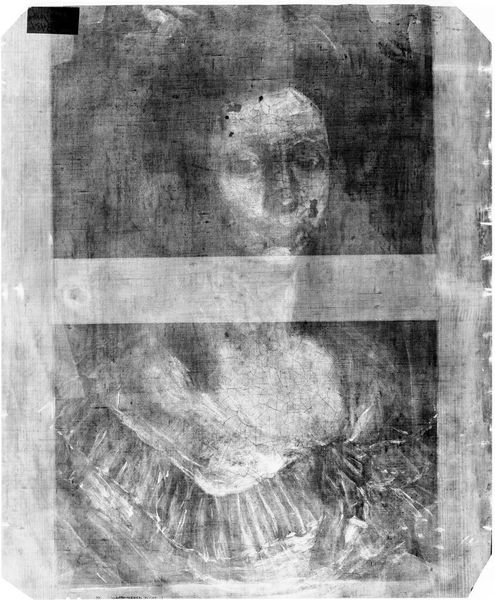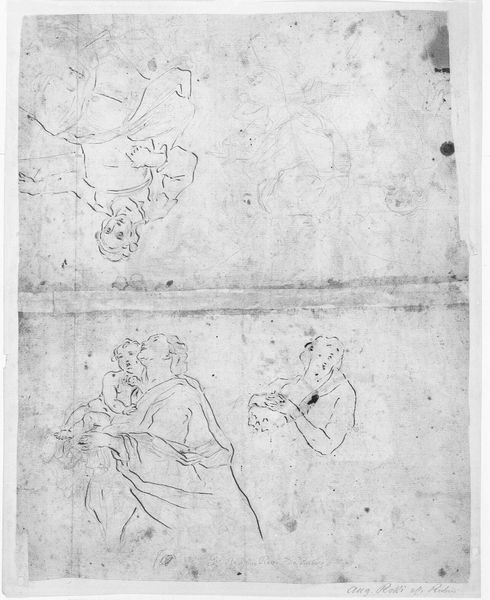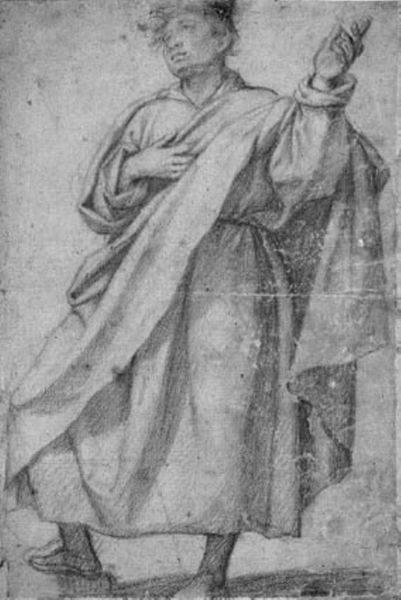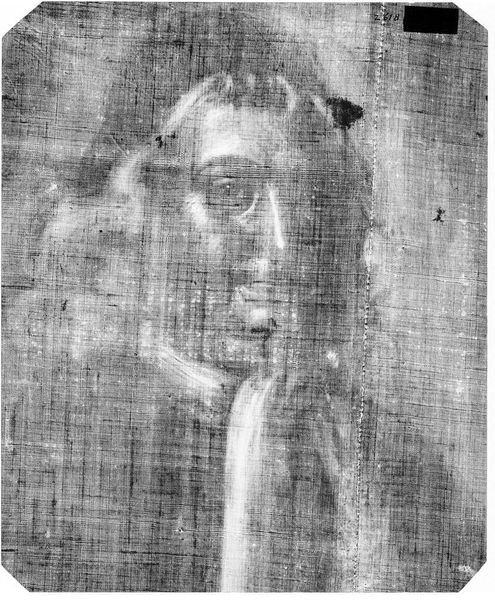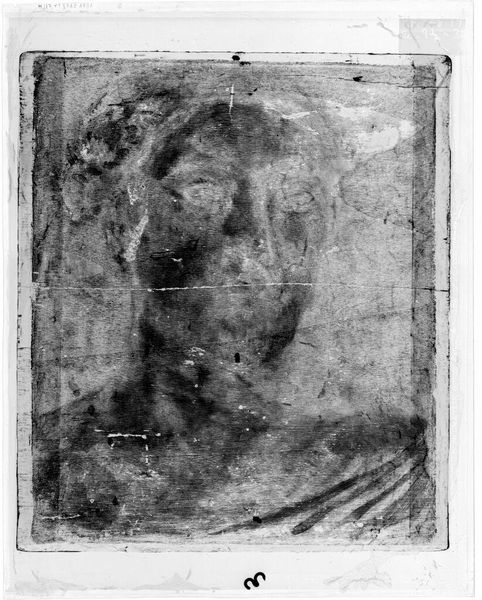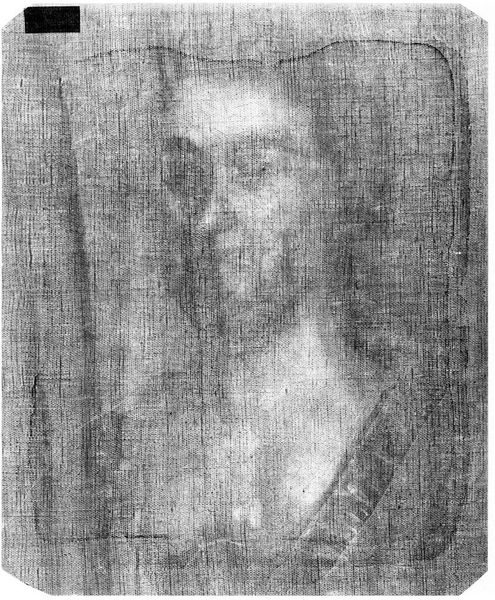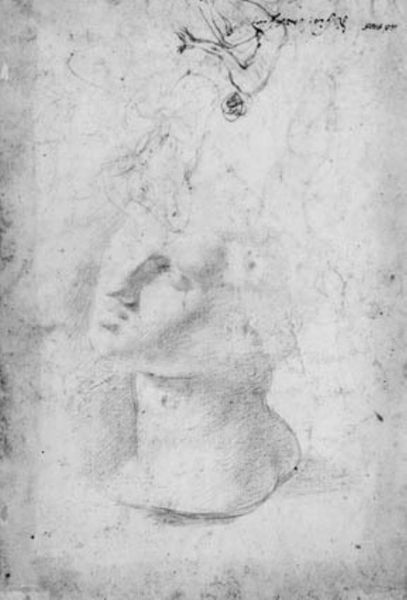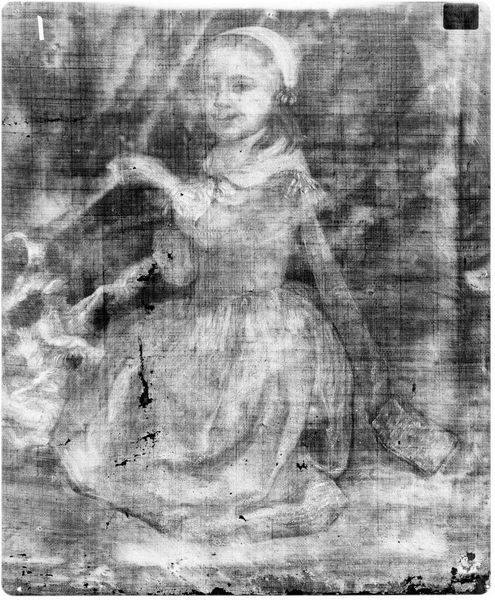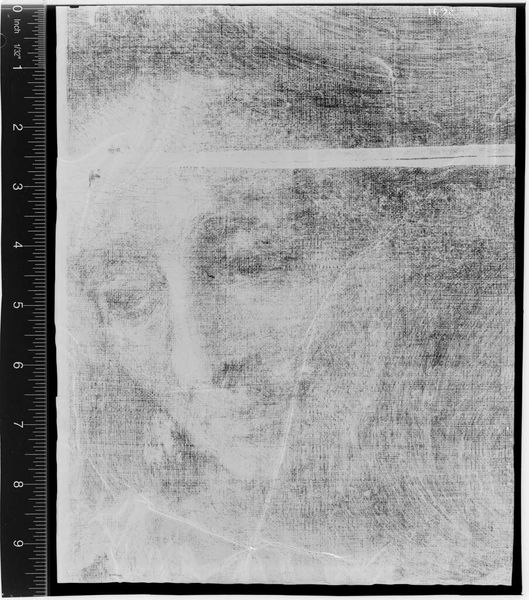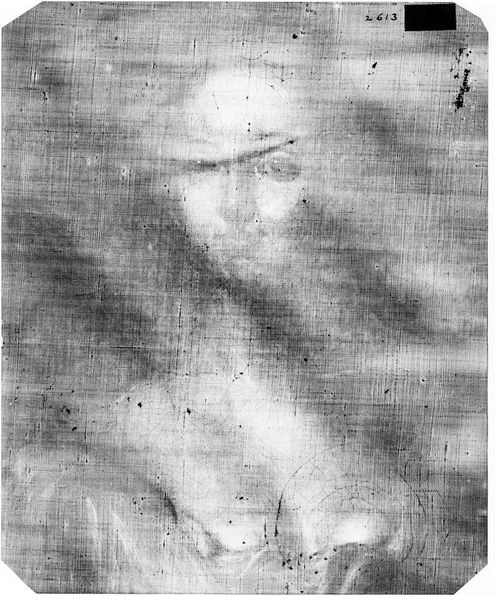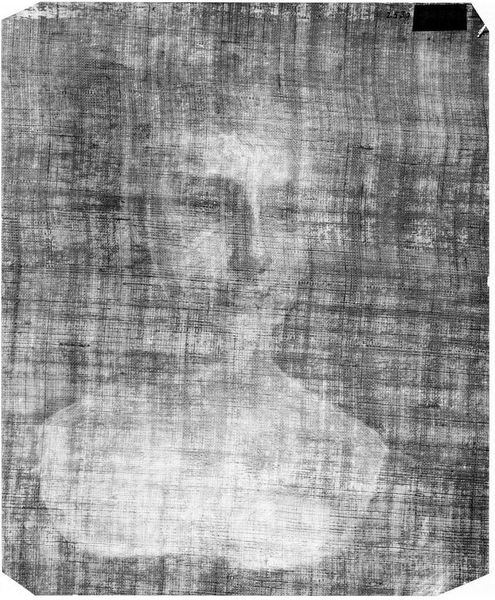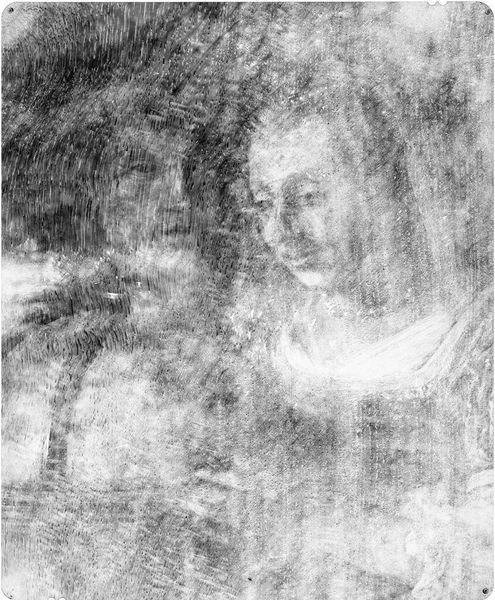
drawing, ink, pencil
#
portrait
#
drawing
#
charcoal drawing
#
figuration
#
ink
#
pencil
#
line
#
italian-renaissance
Dimensions: 205 mm (height) x 170 mm (width) (bladmaal)
Curator: Looking at Giovanni Battista Caracciolo's "Study of a Head, and Pen Trials," I am struck by its provisional quality—like a glimpse into the artist's creative process. Editor: It feels immediate and raw, doesn’t it? Almost ghostly. The lines are so delicate, the expression on the face is fleeting—a potent mix of vulnerability and perhaps, awe? Curator: Caracciolo, an important figure in the Italian Renaissance, crafted this piece sometime between 1578 and 1634, utilizing pen, pencil, and ink. The work resides here at the SMK, Statens Museum for Kunst. Considering his cultural context, could this expression allude to the shifting theological landscapes of the time? Editor: Perhaps, but I also see a purely artistic exploration. The "pen trials" aspect hints at an almost restless energy, searching for the perfect form or expression. What do you make of the placement of that rather formal rectangular shape in the composition? It’s quite prominent beneath the portrait itself. Curator: I agree about the restless energy. The lines reinforce each other and the geometric figure serves as a grounding element; perhaps suggesting an aspiration toward order? It appears incomplete though, like the pursuit is continuous, as is the expression in her face, of perpetually looking for answers beyond what is readily available to the naked eye. It echoes an intellectual or even spiritual yearning in his cultural sphere. Editor: That’s a very insightful interpretation. Seeing it through a historical lens makes me consider the patronage system during Caracciolo's time and whether pieces such as these were presented directly or merely part of his training to receive a comission. Was it ever meant to be presented to a public audience? Or a more private viewing space among art peers? Curator: It brings a different level of intimacy with the art piece. To consider that we are looking into an art piece with its rough sketches, we glimpse not only a persona, but also, at the world view through which its maker saw life, the person represented, as well as the divine, as he understood it. The image acts as an allegory. Editor: And the lack of definition leaves it open for our projections, and historical insights, centuries later. I’m always moved by works that reveal as much about the artist as the subject. Curator: A dialogue indeed, across time and perception. Thank you, Editor.
Comments
No comments
Be the first to comment and join the conversation on the ultimate creative platform.
